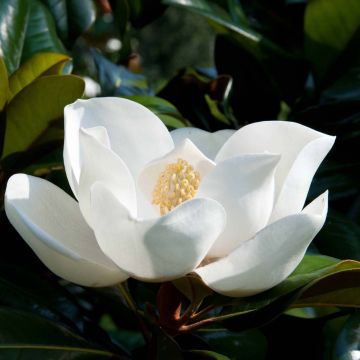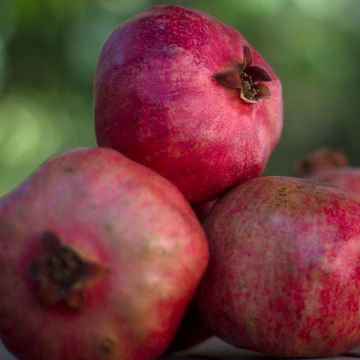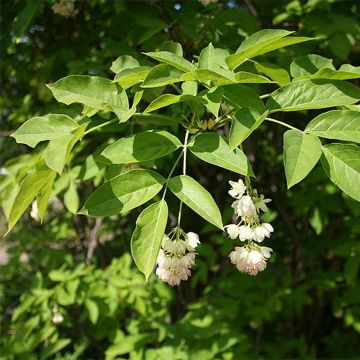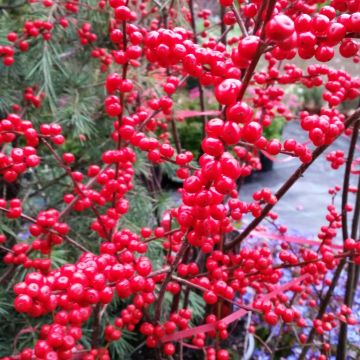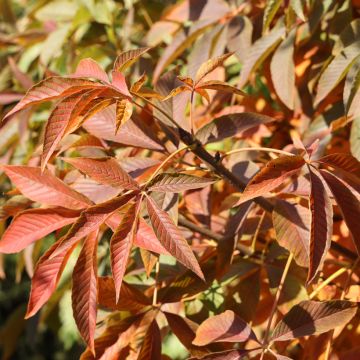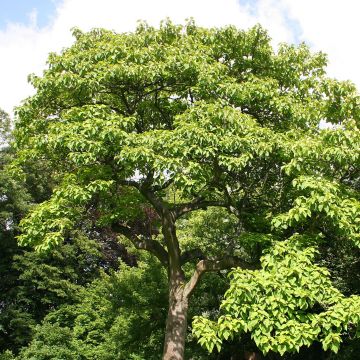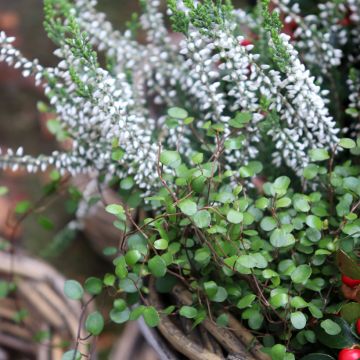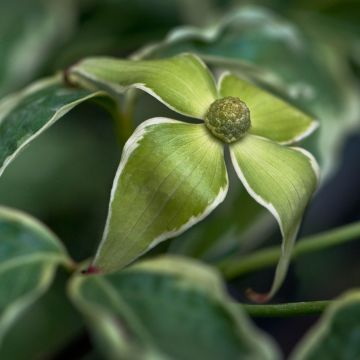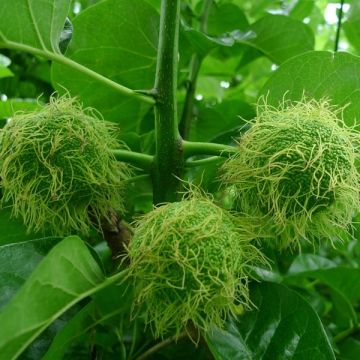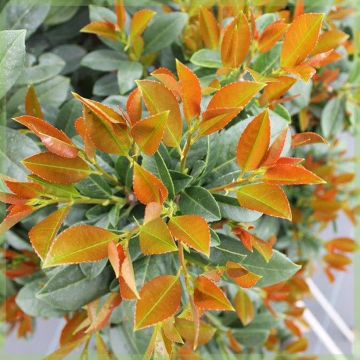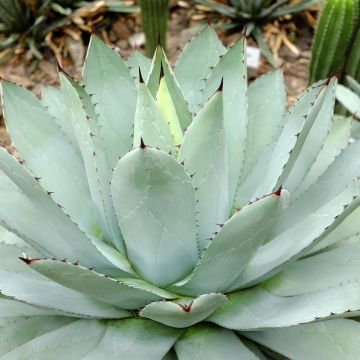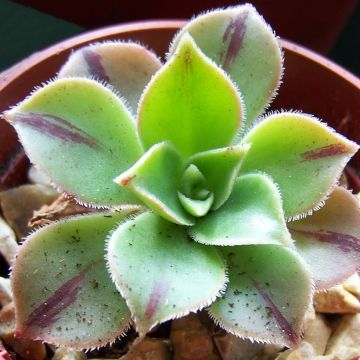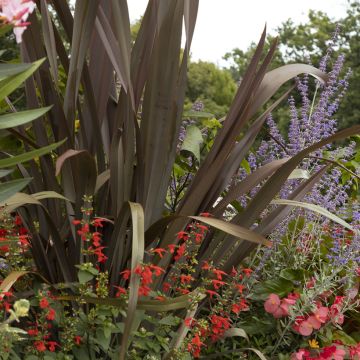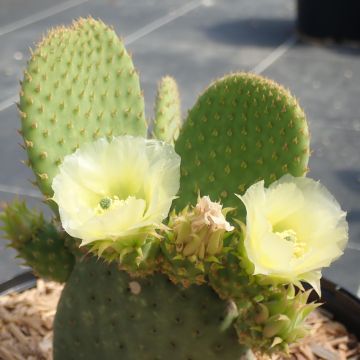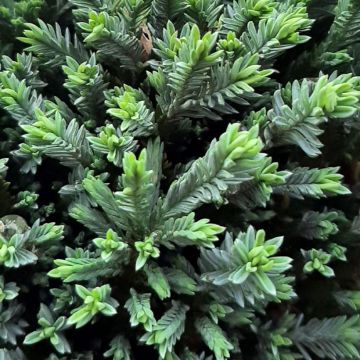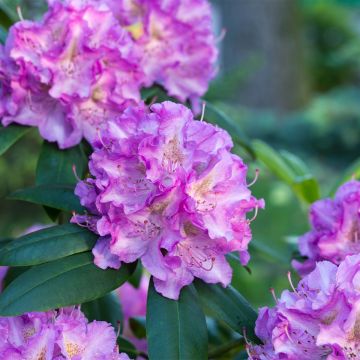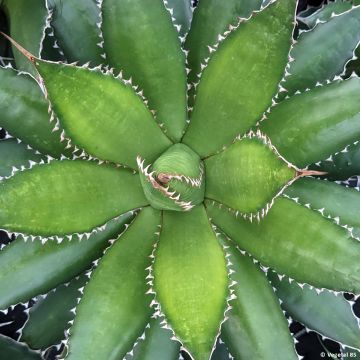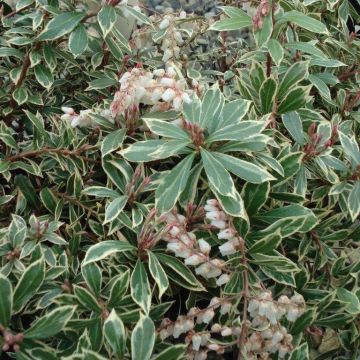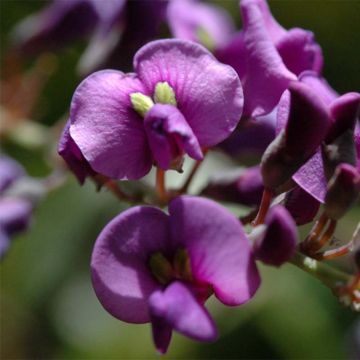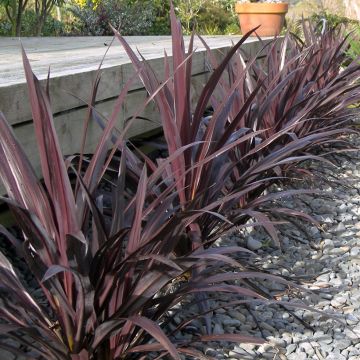Shipping country and language
Your country of residence may be:
Your country of residence is:
For a better user experience on our website, you can select:
Your shipping country:
Andorra
Austria
Belgium
Bulgaria
Canada
Chile
Croatia
Cyprus
Czechia
Denmark
Estonia
Finland
France
Germany
Greece
Hungary
Iceland
Ireland
Italy
Latvia
Lithuania
Luxembourg
Malta
Monaco
Netherlands
Poland
Portugal
Romania
Slovakia
Slovenia
Spain
Sweden
Switzerland
United Kingdom
We only deliver seed and bulb products to your country. If you add other products to your basket, they cannot be shipped.
Language:
French
German
Spanish
English
My Account
Hello
My wish lists
Plantfit
Log in / Register
Existing customer?
New customer?
Create an account to track your orders, access our customer service and, if you wish, make the most of our upcoming offers.
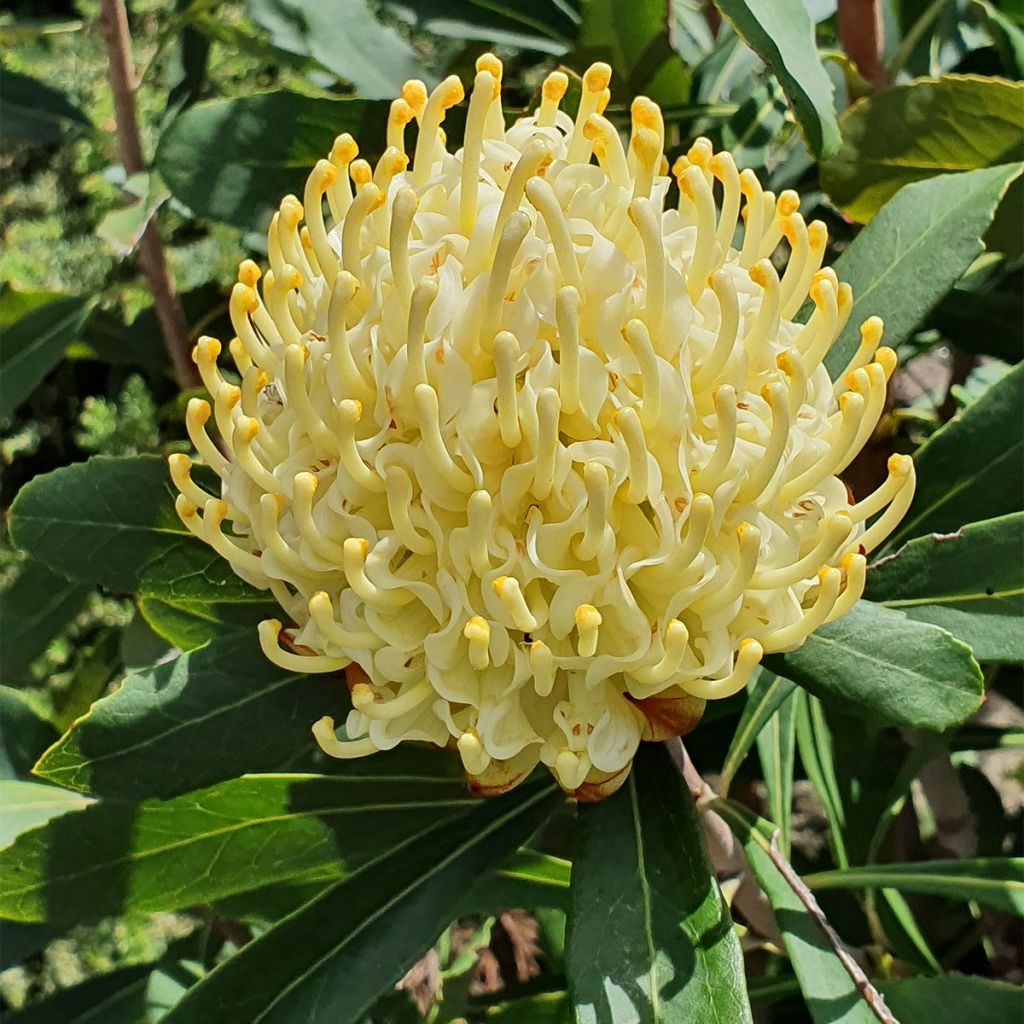

Telopea Shady Lady Yellow
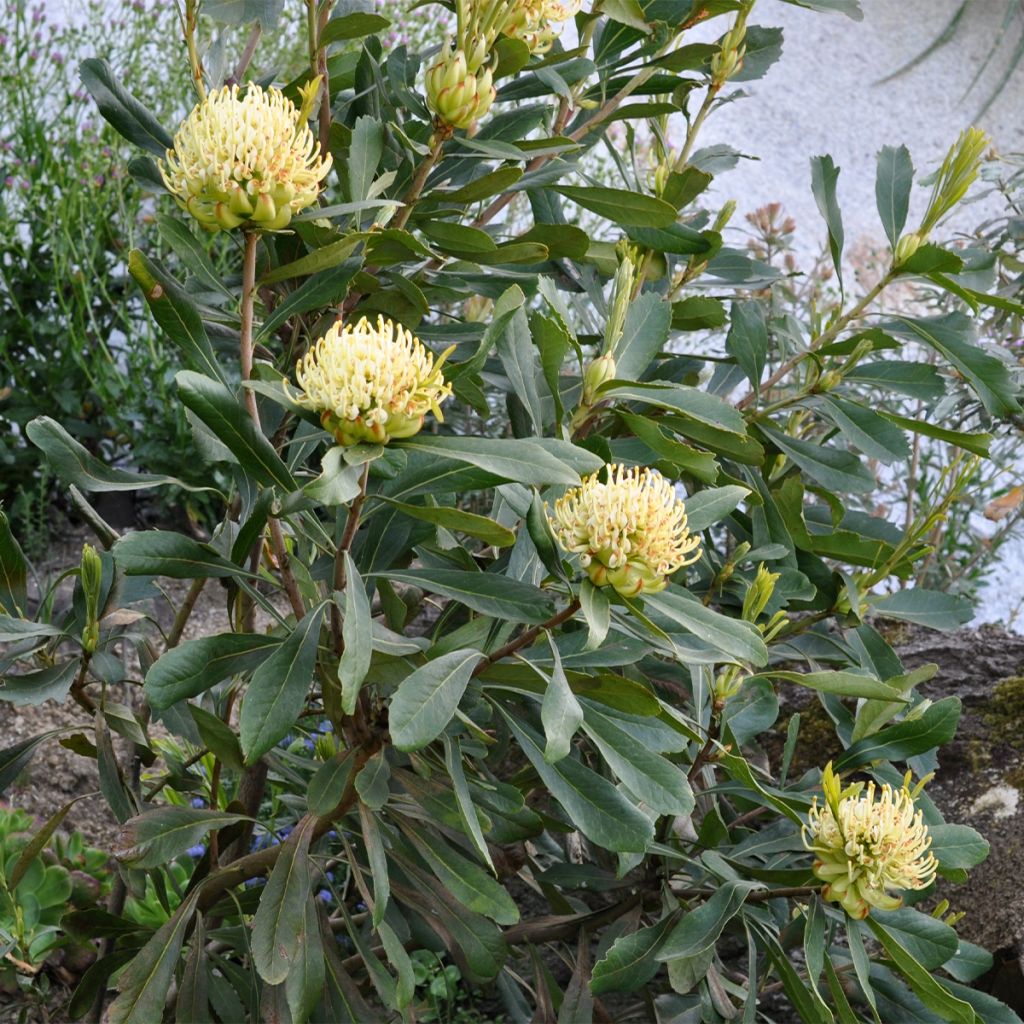

Telopea Shady Lady Yellow
Telopea Shady Lady Yellow
Telopea speciosissima Shady Lady Yellow
Hybrid Waratah
Order in the next for dispatch today!
Dispatch by letter from 3,90 €.
Delivery charge from 5,90 € Oversize package delivery charge from 6,90 €.
More information
This item is not available in your country.
Shipping country:
Andorra
Austria
Belgium
Bulgaria
Canada
Chile
Croatia
Cyprus
Czechia
Denmark
Estonia
Finland
France
Germany
Greece
Hungary
Iceland
Ireland
Italy
Latvia
Lithuania
Luxembourg
Malta
Monaco
Netherlands
Poland
Portugal
Romania
Slovakia
Slovenia
Spain
Sweden
Switzerland
United Kingdom
Schedule delivery date,
and select date in basket
This plant carries a 24 months recovery warranty
More information
We guarantee the quality of our plants for a full growing cycle, and will replace at our expense any plant that fails to recover under normal climatic and planting conditions.
From 5,90 € for pickup delivery and 6,90 € for home delivery
Express home delivery from 8,90 €.
Would this plant suit my garden?
Set up your Plantfit profile →
Description
The Telopea 'Shady Lady Yellow' is a recent hybrid selected for its vigor, compact habit, and improved frost resistance. It is a beautiful evergreen bush with tough gray-green foliage, similar to proteas, with which it shares a preference for poor, well-drained, and acidic soils. This variety offers a magnificent spring flowering, in the form of large globular inflorescences of bright lemon yellow, composed of tubular flowers surrounded by yellow bracts. It is best grown in the ground in mild climates and by experienced gardeners. Growing it in a container allows for better control of the growing substrate composition and watering, as well as providing protection for this beautiful exotic plant in winter in colder regions.
The Telopea Shady Lady Yellow is a hybrid resulting from the cross-breeding between a Telopea speciosissima, the floral emblem of New South Wales in Australia, a Telopea truncata endemic to Tasmania, and a Telopea oreades, native to the cool undergrowth of mountain slopes in southeastern Australia. This woody and branched plant belongs to the proteaceae family. The cultivar 'Shady Lady Yellow' is part of a series of hybrids, the "Shady Lady", which are more adaptable to cooler climates and lower light levels, thus expanding the possibility of acclimating these beautiful proteaceae in our gardens.
"Shady Lady Yellow" forms a large bush reaching about 2 m (7ft) in all directions in favorable conditions. The alternate, simple, and tough leaves are wedge-shaped and covered with a wax responsible for their gray-blue appearance, and they are inserted along the stems. In spring, in May-June, the bush produces sumptuous yellow floral heads, about 7-8 cm (3in) wide, at the ends of the branches, composed of a dense heart of incurved tubular flowers surrounded by yellow-green bracts. These flowers are highly appreciated in floristry due to their excellent vase life.
The Telopea 'Shady Lady Yellow' is a plant with a very exotic appearance that deserves to be cultivated. It prefers to be grown in coastal gardens protected from heavy frosts, in well-drained, acidic, and nutrient-poor soils. Like Rhododendrons, the Telopea Shady Lady series fears scorching exposures and arid soils: they are usually planted in the shade of the afternoon sun, especially in hot, mediterranean regions. In an exotic-inspired garden, it can be paired with Pseudopanax, Melianthus, or dwarf palm trees, for example. This bush also grows very well in a container or large pot, to adorn the terrace or balcony of a knowledgeable enthusiast.
Telopea Shady Lady Yellow in pictures
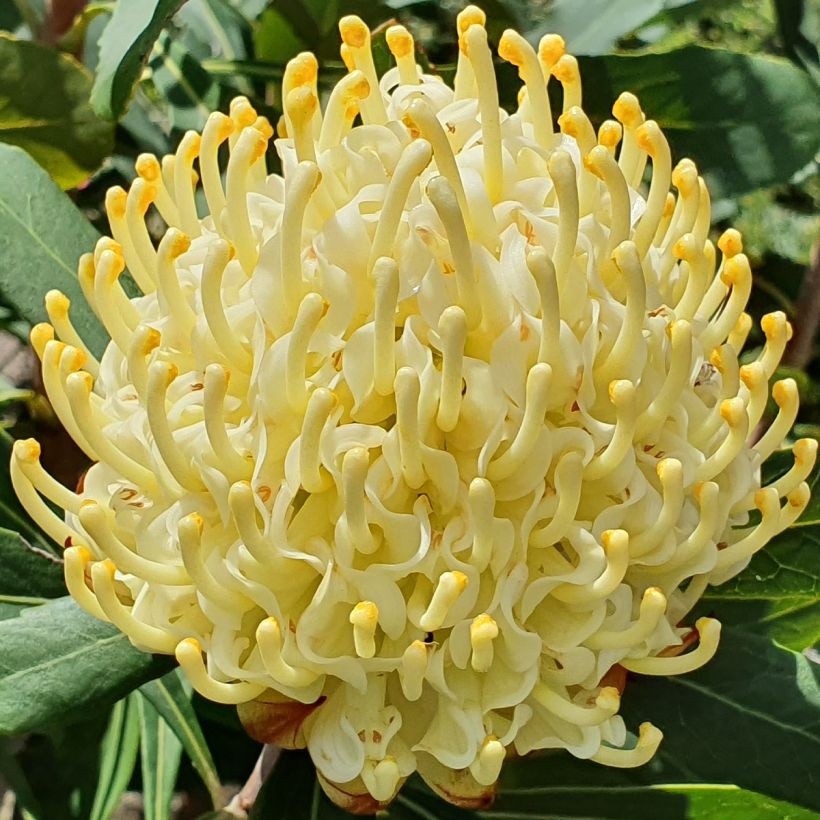

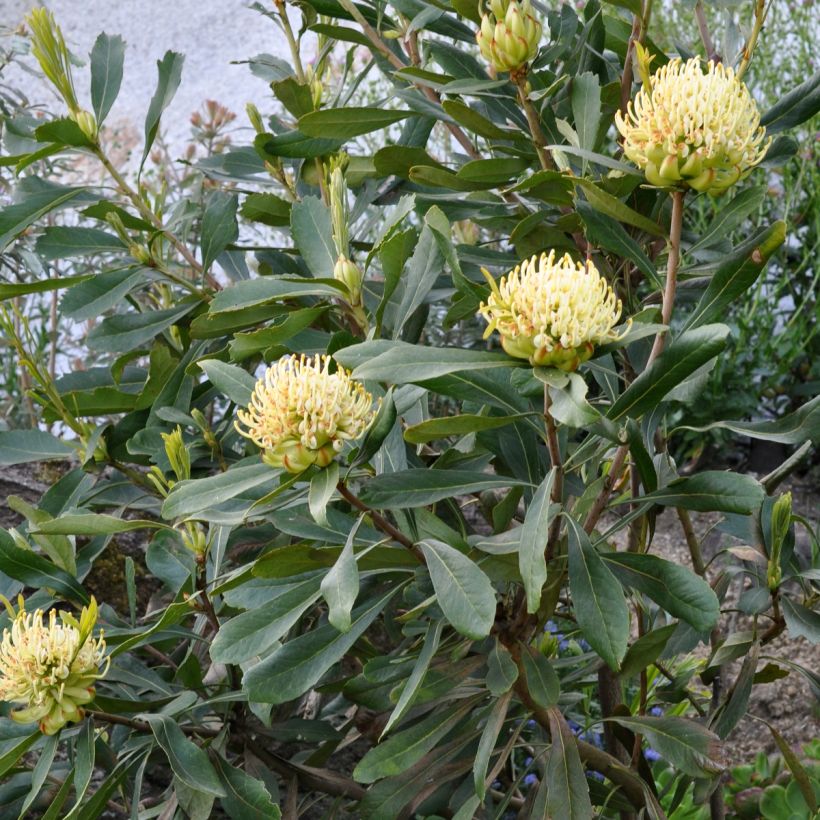

Plant habit
Flowering
Foliage
Botanical data
Telopea
speciosissima
Shady Lady Yellow
Proteaceae
Hybrid Waratah
Cultivar or hybrid
Other Shrubs A to Z
Planting and care
Plant Telopea 'Shady Lady Yellow' in a sunny or partially shaded (afternoon shade is mandatory in the South) position, sheltered from cold winds, in a very well-drained soil, preferably sandy, and definitely acidic (without limestone, pH <6). Non-limestone loamy soils are also suitable. Immerse the root ball in a container filled with rainwater for a few minutes. Remove the plant from its pot. Dig a wide and deep hole, at least 60 cm (24in). Place the root ball on a well-draining bed, composed of loose and light soil, leaf compost and sand, clay pellets or non-limestone gravel. Fill the hole with the same mixture. Water to ensure proper settling around the fragile roots. This plant dreads overly rich and moist soils in summer, which can cause root rot, but it needs water during the growing season, up to flowering, especially when grown in a pot. Do not use fertilizers, or only use a special proteas amendment, low in nitrates and phosphates. Do not prune faded flowers, as new branches will form on them, and therefore, new flowers will appear the following year. In open ground, prefer mulching over weeding to prevent the growth of weeds and protect the roots.
Planting period
Intended location
Care
This item has not been reviewed yet - be the first to leave a review about it.
Evergreen shrubs
Haven't found what you were looking for?
Hardiness is the lowest winter temperature a plant can endure without suffering serious damage or even dying. However, hardiness is affected by location (a sheltered area, such as a patio), protection (winter cover) and soil type (hardiness is improved by well-drained soil).

Photo Sharing Terms & Conditions
In order to encourage gardeners to interact and share their experiences, Promesse de fleurs offers various media enabling content to be uploaded onto its Site - in particular via the ‘Photo sharing’ module.
The User agrees to refrain from:
- Posting any content that is illegal, prejudicial, insulting, racist, inciteful to hatred, revisionist, contrary to public decency, that infringes on privacy or on the privacy rights of third parties, in particular the publicity rights of persons and goods, intellectual property rights, or the right to privacy.
- Submitting content on behalf of a third party;
- Impersonate the identity of a third party and/or publish any personal information about a third party;
In general, the User undertakes to refrain from any unethical behaviour.
All Content (in particular text, comments, files, images, photos, videos, creative works, etc.), which may be subject to property or intellectual property rights, image or other private rights, shall remain the property of the User, subject to the limited rights granted by the terms of the licence granted by Promesse de fleurs as stated below. Users are at liberty to publish or not to publish such Content on the Site, notably via the ‘Photo Sharing’ facility, and accept that this Content shall be made public and freely accessible, notably on the Internet.
Users further acknowledge, undertake to have ,and guarantee that they hold all necessary rights and permissions to publish such material on the Site, in particular with regard to the legislation in force pertaining to any privacy, property, intellectual property, image, or contractual rights, or rights of any other nature. By publishing such Content on the Site, Users acknowledge accepting full liability as publishers of the Content within the meaning of the law, and grant Promesse de fleurs, free of charge, an inclusive, worldwide licence for the said Content for the entire duration of its publication, including all reproduction, representation, up/downloading, displaying, performing, transmission, and storage rights.
Users also grant permission for their name to be linked to the Content and accept that this link may not always be made available.
By engaging in posting material, Users consent to their Content becoming automatically accessible on the Internet, in particular on other sites and/or blogs and/or web pages of the Promesse de fleurs site, including in particular social pages and the Promesse de fleurs catalogue.
Users may secure the removal of entrusted content free of charge by issuing a simple request via our contact form.
The flowering period indicated on our website applies to countries and regions located in USDA zone 8 (France, the United Kingdom, Ireland, the Netherlands, etc.)
It will vary according to where you live:
- In zones 9 to 10 (Italy, Spain, Greece, etc.), flowering will occur about 2 to 4 weeks earlier.
- In zones 6 to 7 (Germany, Poland, Slovenia, and lower mountainous regions), flowering will be delayed by 2 to 3 weeks.
- In zone 5 (Central Europe, Scandinavia), blooming will be delayed by 3 to 5 weeks.
In temperate climates, pruning of spring-flowering shrubs (forsythia, spireas, etc.) should be done just after flowering.
Pruning of summer-flowering shrubs (Indian Lilac, Perovskia, etc.) can be done in winter or spring.
In cold regions as well as with frost-sensitive plants, avoid pruning too early when severe frosts may still occur.
The planting period indicated on our website applies to countries and regions located in USDA zone 8 (France, United Kingdom, Ireland, Netherlands).
It will vary according to where you live:
- In Mediterranean zones (Marseille, Madrid, Milan, etc.), autumn and winter are the best planting periods.
- In continental zones (Strasbourg, Munich, Vienna, etc.), delay planting by 2 to 3 weeks in spring and bring it forward by 2 to 4 weeks in autumn.
- In mountainous regions (the Alps, Pyrenees, Carpathians, etc.), it is best to plant in late spring (May-June) or late summer (August-September).
The harvesting period indicated on our website applies to countries and regions in USDA zone 8 (France, England, Ireland, the Netherlands).
In colder areas (Scandinavia, Poland, Austria...) fruit and vegetable harvests are likely to be delayed by 3-4 weeks.
In warmer areas (Italy, Spain, Greece, etc.), harvesting will probably take place earlier, depending on weather conditions.
The sowing periods indicated on our website apply to countries and regions within USDA Zone 8 (France, UK, Ireland, Netherlands).
In colder areas (Scandinavia, Poland, Austria...), delay any outdoor sowing by 3-4 weeks, or sow under glass.
In warmer climes (Italy, Spain, Greece, etc.), bring outdoor sowing forward by a few weeks.
